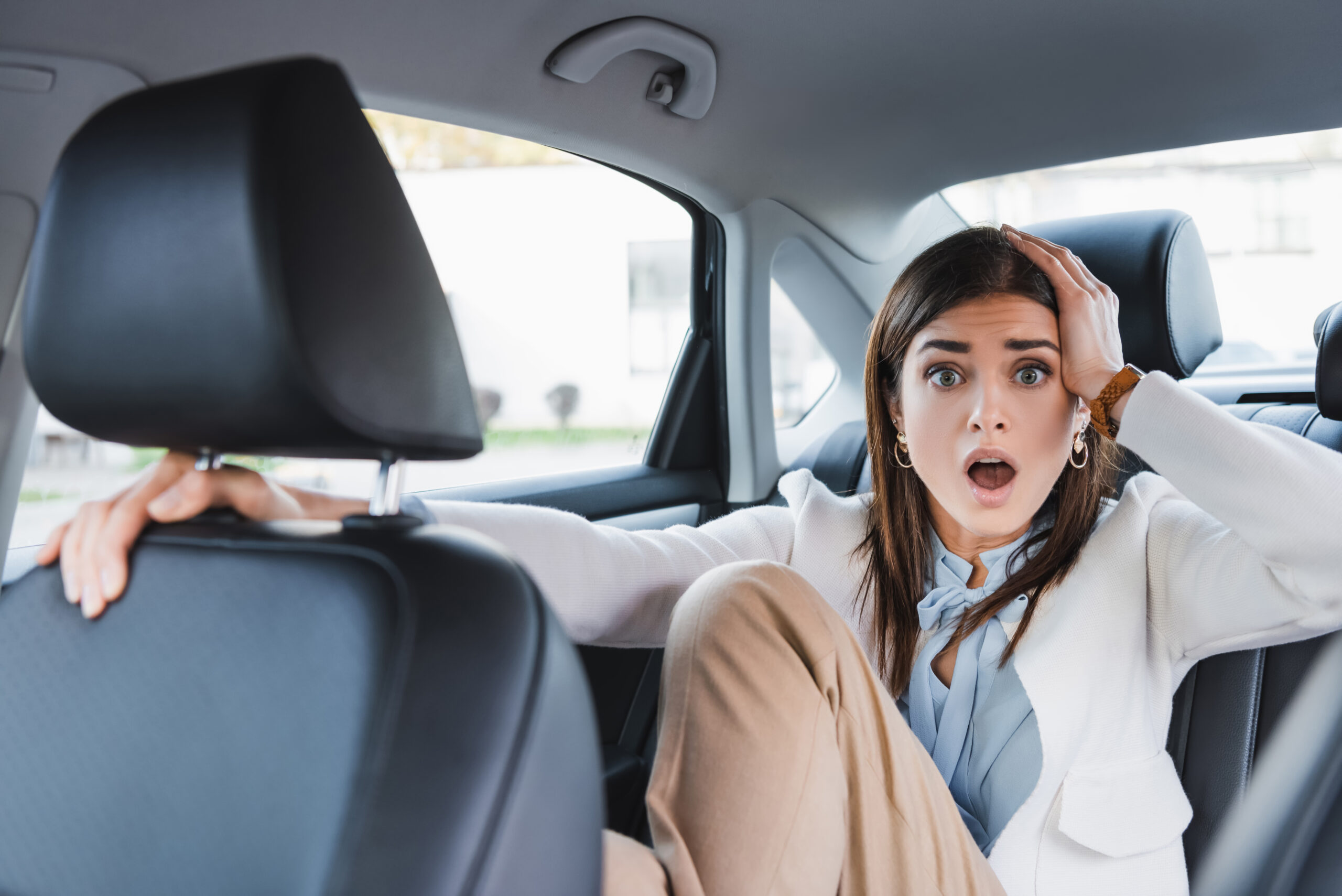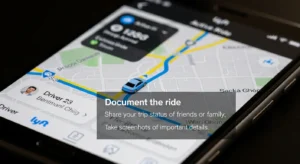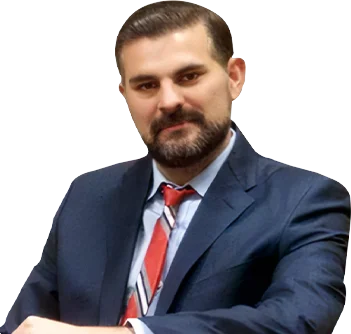Being a rideshare passenger seems like simply another way to get around, until that ride turns into a wreck. Suddenly, you are caught in a legal maze involving apps, corporate insurers, driver status, and overlapping coverage. At GLG Personal Injury Lawyers, we help you cut through that confusion.
Here is what every Uber or Lyft passenger in Phoenix needs to understand when accidents happen. Our rideshare accident lawyers are here to answer any additional questions you may have.
The Unique Issues in Rideshare Crashes
A standard car accident already presents challenges with fault, liability, and damage valuation. With Uber and Lyft cases, additional layers and shifting insurance rules come into play. The key difference often hinges on the driver’s status in the app:
- Was the driver offline, waiting for a request, en route to pick up a passenger, or actively transporting you?
- Which insurance policy was in force at that moment, personal, commercial, or the rideshare company’s “gap” policy?
- Did corporate rules or app design contribute to the crash?
Because these factors shift liability and available compensation, having a trusted auto accident attorney in Phoenix, AZ, becomes essential. Insurers will scramble to minimize what they pay.
What Passengers Should Do Immediately
Prioritize Medical Care
Your health always comes first. Even if you feel okay, hidden injuries like concussions, soft tissue damage, or internal trauma may show up later. Ask medical professionals to document that your injuries stem from the crash. Delay can weaken your claim.
Document the Ride and the Crash
It is essential to document the accident thoroughly. This includes:
- Take screenshots of the app showing your ride details, timestamps, route, and driver information
- Photograph all vehicles, damage, the crash scene, road conditions, skid marks, and relevant signage
- Record the driver’s license plate, car model, vehicle condition, and any visible defects
- Collect contact information from your driver, other passengers, and any witnesses
- Note any nearby cameras (traffic, surveillance) that may have captured the accident
These elements create a factual backbone for your case.
Report the Crash through the App but Carefully
You should notify Uber or Lyft of the accident (via the app) to preserve records. But avoid providing recorded statements, agreeing to corporate releases, or signing documents before contacting legal counsel. The rideshare company’s internal investigation may conflict with your best interests.
Get and Preserve the Police Report
Call 911, have law enforcement come to the scene, and request a copy of the report. This formal record helps preserve evidence, document fault, and strengthen your claim.
Notify Insurers (With Caution)
Tell your personal auto insurer and medical insurer that you were in a crash, but do not speculate or assign blame. Do not agree to recorded statements or sign anything without legal advice. Rideshare cases often involve multiple insurers, and early missteps can complicate recovery.
Contact GLG Right Away
As soon as possible, reach out to us. A skilled accident lawyer in Phoenix, Arizona, can begin preserving evidence before it is lost, ordering crash reconstruction or app data, and handling insurer tactics from day one. The right strategy up front can determine how much of your compensation you can ultimately recover.
Who Can Be Held Liable?
The Rideshare Driver
If the driver was negligent, speeding, distracted, or violating traffic laws, you can hold them accountable. But that is only part of the puzzle in Uber or Lyft collisions.
Uber or Lyft Themselves
You may also pursue claims against the company when their policies, algorithms, incentives, or driver oversight contribute to unsafe conditions. For example:
- Insufficient background checks or driver screening
- Incentives are pushing drivers to accept rides or rush
- App features are causing a distraction
- Failure to enforce maintenance or vehicle inspections
In the right circumstances, courts in Arizona may treat the rideshare company as a responsible party.
Other Third Parties
Other negligent drivers, defective auto parts, road maintenance authorities, or municipalities may also share fault. We investigate every possible angle to maximize your recovery.
Coverage Layers and Limits
Rideshare accidents involve shifting policy limits depending on the driver’s app mode. Common layers include:
- The driver’s personal auto policy (if active at the time)
- The rideshare company’s liability or “contingent” policy
- Commercial insurance is carried by Uber or Lyft during active rides
- Uninsured/underinsured motorist coverage
The coverage that applies depends on the ride status at the time the crash happened. Determining that status is both complex and critical for building your case.
What You Can Recover
If your claim is successful, you may recover:
- Medical expenses (past, present, future)
- Lost wages and reduced future earning capacity
- Pain, suffering, and emotional distress
- Rehabilitation, therapy, or special care needs
- Property damage, personal items, and diminished vehicle value
- Loss of enjoyment of life or impairment
Because rideshare coverage often has higher limits than basic auto insurance, you may be able to seek more significant compensation than in ordinary collisions.
Comparative Fault in Arizona
Arizona uses a “pure comparative negligence” rule. Even if you are found partly at fault, you may still recover damages, reduced by your percentage of fault. For example, if you are 10% at fault, your recovery drops by 10%. This framework influences negotiation and trial strategy.
A rideshare passenger is rarely assigned fault, but insurers will try to argue that your own actions played a role. We defend against those attempts.
Common Passenger Concerns
Do I always have to sue both the driver and the company?
Not always, but in many Uber/Lyft cases, viable claims exist against both. We evaluate your situation and pursue each responsible party.
How long do I have to file a lawsuit?
In Arizona, the statute of limitations is generally two years from the accident date. Failing to file within that window may bar your rights entirely.
Will the company fight hard?
Yes. Uber and Lyft have legal teams and resources designed to reduce their exposure. You need a law firm with experience taking on big corporations.
What happens if the driver’s personal policy denies coverage?
If their insurer refuses coverage, then the rideshare company’s policies or other available policies may be tapped. We identify all possible sources and hold parties accountable.
Why GLG Is the Right Choice for Rideshare Cases in Phoenix
- We have a proven track record of handling Phoenix rideshare accidents and strong familiarity with Uber/Lyft legal structures and insurance strategies.
- We treat your case as though we will go to trial, which strengthens our negotiating position.
- We partner with accident reconstruction experts, app and telematics data analysts, medical experts, and investigators.
- We manage all communications with insurance and corporate legal teams while you focus on recovery.
- We operate on a contingency basis, so there are no fees unless we win.
We believe no passenger should face corporate power alone when they are vulnerable and injured.
Protecting Your Rights After a Phoenix Uber or Lyft Accident
Rideshare accidents in Phoenix involve more than just collision analysis. They hinge on app status, overlapping policies, shifting liability, and corporate defenses. If you were injured as a passenger in Uber or Lyft, your best path forward is to act quickly: document every detail, seek medical care, and enlist legal help from GLG Personal Injury Lawyers.
Don’t let insurance tactics or app policies deny you the fair recovery you deserve. Let us fight for your rights and hold negligent drivers and companies accountable.




